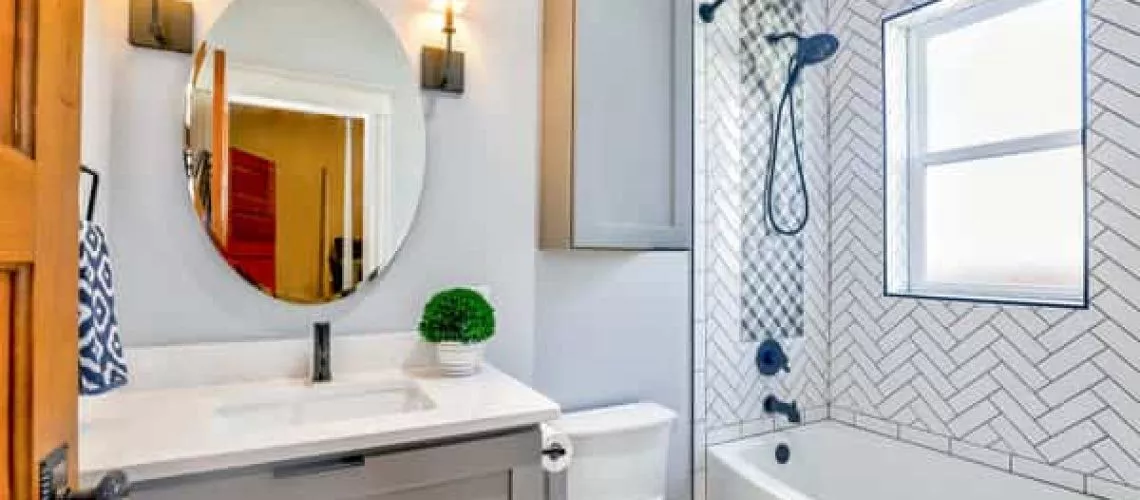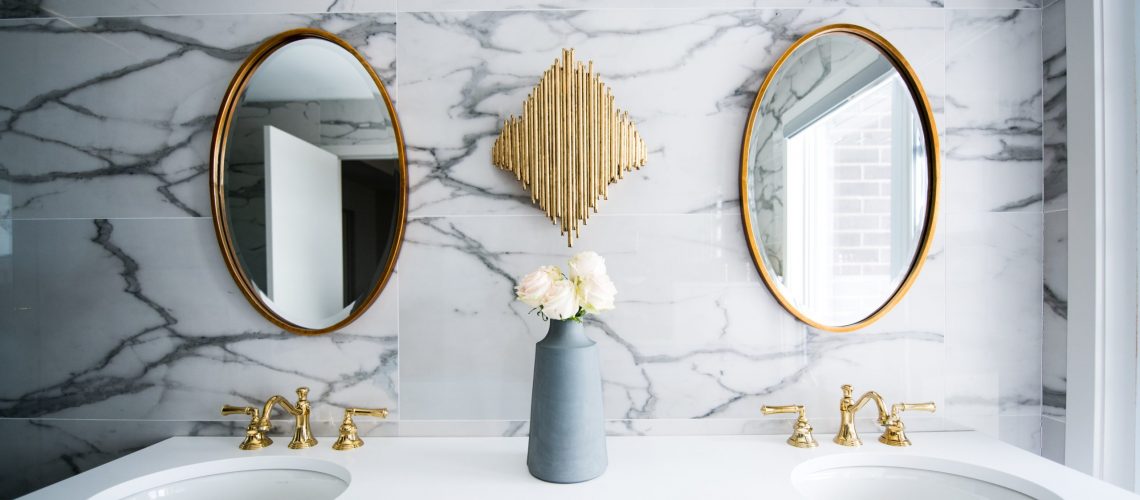The bathroom is perhaps the home environment that most often undergoes renovation or a simple restyling ; extensive daily use often leads to aesthetic deterioration of metal components, coatings and glass surfaces. More generally, continuous contact with water and accumulations of humidity tend to favor the formation of stains and halos, as well as aggravate the consequences of oxidation. It is therefore not surprising how the need to give a new look to one’s bathroom is quite common; from this point of view, then, there is no shortage of design solutions, which every year express new trends in terms of colors, materials and furnishing accessories. In this article, we see which ones will probably characterize the design of the bathroom for the next year.

Colors, not just white
Blue and light blue , on the other hand, are confirmed as timeless evergreens; two neutral and relaxing shades, which go well with a white base and a wide range of bathroom furniture elements , with a modern , classic or minimal design, such as those present in the digital catalog of a specialized e-commerce such as Exagonshop . In the most modern bathrooms, ‘classic’ shades such as blue and light blue, as well as aquamarine green , can be declined in various ways, from the single accent part to a geometric decoration that develops a lively, vertical striped motif. original and dynamic.
Generally, for the bathroom one opts for soft colors and pastel shades; white and gray are certainly the most popular options , especially for very small rooms (this choice helps to conceal the small size of the bathroom and make it brighter). In contexts with more space available, however, the new design trends are oriented towards more daring and complex choices, based on the inclusion of parts in yellow and gold . Naturally, pleasant and balanced combinations must be created, balancing the strong impact of an accent wall or golden details with geometric and linear decorative patterns., in the name of marked minimalism. Thanks to the influence of Scandinavian design, the ceramic floor covering can be replaced by a self-leveling finish capable of improving moisture resistance and serving as a neutral base to match the furnishings and sanitary ware.
Natural materials
This is certainly not a novelty but, rather, a confirmation with respect to recent years. The interior design dedicated to domestic bathrooms and ‘wet rooms’ pays increasing attention to the use of materials such as wood and stone , capable of giving a warm and welcoming touch to the entire environment. The growing desire for comfort and reconnection with nature is also expressed through the inclusion of indoor plants , ideal for making the bathroom a haven of calm and relaxation. Thanks to the influence of Scandinavian design, the ceramic floor covering can be replaced by a self-leveling finish capable of improving moisture resistance and serving as a neutral base to match the furnishings and sanitary ware.
Sanitary and furnishings
The new design trends will also concern sanitary ware and, above all, the furniture that make up the bathroom furniture. For small rooms, the watchword is “optimize space” through multifunctional solutions . For this purpose it is possible, for example, to integrate the sink and the shelf inside a sort of ‘equipped wall’, made up of compartments and shelves for storing bathroom products, towels and other commonly used accessories.
The suspended sanitary ware is also very popular , a modern alternative to more traditional models (wall or floor). They allow to lighten the design coniderably, avoiding excessively crowding the environment; for the same reason, suspended cabinets and dressers will be equally characteristic of next year’s bathroom interior design.
Walk-in showers and insulated tubs
Walk – in showers and insulated bathtubs have been on trend for some years now; as it is easy to guess, these are not solutions suitable for any type of bathroom, but only for the largest and most luxurious ones. Both solutions offer the possibility of implementing a modern interpretation of classic and traditional elements.



